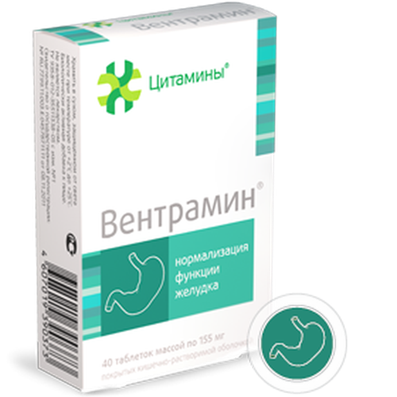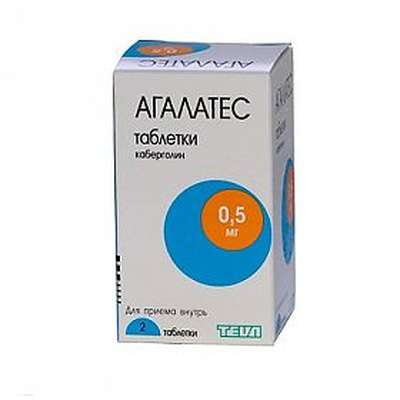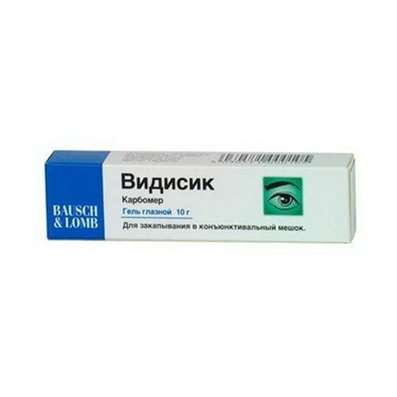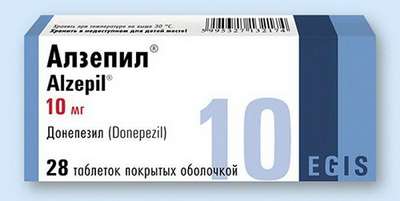Instruction for use: Alfuzosin
I want this, give me price
Trade name of the drug – Dalfaz® retard, Afluprost MP, Dalfaz, Alphuzosin, Dalfaz® SR, Alphuzosin hydrochloride, Alfuzosin
Chemical rational name: N- [3 - [(4-Amino-6,7-dimethoxy-2-quinazolinyl) methylamino] propyl] tetrahydro-2-furancarboxamide (and hydrochloride)
Dosage Form: white powder
Description of Alfuzosin
Alfuzosin hydrochloride - white or almost white powder. Easily soluble in water, it is soluble in ethanol, practically insoluble in dichloromethane. The molecular weight of 425.9.
Pharmacotherapeutic group:
Alpha-blockers: Preparation having the ability to shield the postsynaptic alpha-adrenoceptors by contact with neurotransmitter (noradrenaline) or agonists, circulating in the blood (endogenous adrenaline, drugs) divided by selective alpha1 blockers (alfuzosin, prazosin, doxazosin, tamsulosin, terazosin, and others). and nonselective blockers and alpha 1 and alpha2-adrenoceptors (phentolamine, tropodifen, ergot alkaloids and their derivatives, nicergoline, proroksan, butiroksan et al.). Drugs in this group hinder the passage of impulses through the vasoconstrictor adrenergic synapses and cause due to this expansion of arterioles and precapillaries. Another effect mediated blockade of alpha1-adrenergic receptors, is to improve the urodynamics in benign prostatic hyperplasia.
Drugs affecting the metabolism of the prostate gland and correctors urodynamics.
The nosological classification (ICD-10)
N40 Hyperplasia of prostate gland: Prostate adenoma; BPH; Prostatauxe; prostate Hypertrophy; Dysuric disorders caused by benign prostatic hyperplasia; Dizuricheskie disorder with benign prostatic hyperplasia; Dysuria with prostate cancer; Benign prostatic giperpalaziya; Benign prostatic hyperplasia; Benign prostatic hyperplasia stages 1 and 2; Benign prostatic hyperplasia I degree; Benign prostatic hyperplasia II degree; Benign prostatic hypertrophy; The disease of the prostate gland; Acute urinary retention related to benign prostatic hyperplasia; Benign prostatic hyperplasia stages 1 and 2 in combination with prostatitis; paradoxical ischuria
Application of a substance Alfuzosin:
Functional disorders of urination in benign prostatic hyperplasia.
Pharmacology
Pharmachologic effect - Mode of action- antidizuricescoe.
It normalizes impaired urination, including with prostatic hyperplasia. Selectively blocks postsynaptic alpha1-adrenergic receptors in the prostatic zone of urethra and the "triangle" of the bladder. It lowers pressure in the urethra and reduce the resistance to current urine; It facilitates urination and eliminates dysuria.
After oral dose of 5 mg Cmah achieved after 3 h and was 10.3 ng / ml. Bioavailability - 45-53%. Binding to plasma proteins - 90%. T1 / 2 - 8 h. Most of the liver is destroyed. Write mainly in the bile and faeces in the form of inactive metabolites with urine in unchanged form (11%). Older patients absorbed faster, Cmax and bioavailability increases, Vd decreases, the T1 / 2 remains unchanged. In renal insufficiency, Vd and total clearance are increased (decreased degree of plasma protein binding). Even in the case of severe renal failure (Cl creatinine - 15-40 ml / min) due to intense not koumouliruet biotransformation.
Contraindications for Alfuzosin
Hypersensitivity, orthostatic hypotension (history), severe liver function abnormalities (class C Child-Pugh classification), severe renal impairment (Cl creatinine <30 ml / min), concomitant use of other alpha-blockers.
Restrictions to application
Coronary heart disease, angina (possibility of more frequent and worsening of angina attacks), concomitant therapy with antihypertensive drugs, advanced age (over 75 years).
Alfuzosin Dosage and Administration
Inside
Pregnancy and breast-feeding
Category effects on the fetus by FDA - B.
Side effect of Alfuzosin
From the nervous system and sensory organs: headache, dizziness, tinnitus, fatigue, somnolence, asthenia.
Cardio-vascular system and blood (blood, hemostasis): orthostatic hypotension, tachycardia, worsening angina (patients with IHD).
From the digestive tract: dry mouth, nausea, epigastric pain, diarrhea.
Allergic reactions: skin rash, pruritus.
Other: swelling, redness of the skin.
Overdose of Alfuzosin
Symptoms: lowering blood pressure.
Treatment: An Introduction vasoconstrictor, solutions of high-molecular substances that increase the BCC; Dialysis is ineffective.
Interaction
Incompatible with other alpha1-adrenolytics. It enhances the effects of antihypertensive drugs, including BPC, and general anesthetics (possible instability of blood pressure during anesthesia).
Precautions for use Alfuzosin
Some people, particularly patients, receiving antihypertensive medications, within a few hours after taking alfuzosin (and after taking other alpha1-blockers) may develop orthostatic hypotension with clinical symptoms (dizziness, severe weakness, cold sweat) or without it. Orthostatic hypotension is usually transient and there is usually at the beginning of the drug, and usually does not require discontinuation of treatment. When these phenomena must be patient until their complete disappearance in a horizontal position. Before treatment, the patient should be warned of the possibility of such phenomena.
Caution must be exercised in patients with a history of instructions expressed hypotensive response in response to treatment with other alpha1-blockers - requires a careful control of blood pressure, including the transition from horizontal to vertical position, especially at the beginning of treatment.
In patients with coronary artery disease antianginal therapy should be continued. Upon renewal or worsening angina treatment with alfuzosin should be discontinued.
It should be taken into account (especially at the beginning of treatment) the possibility of dizziness, asthenic conditions that may affect the ability to drive vehicles and operate machinery.

 Cart
Cart





